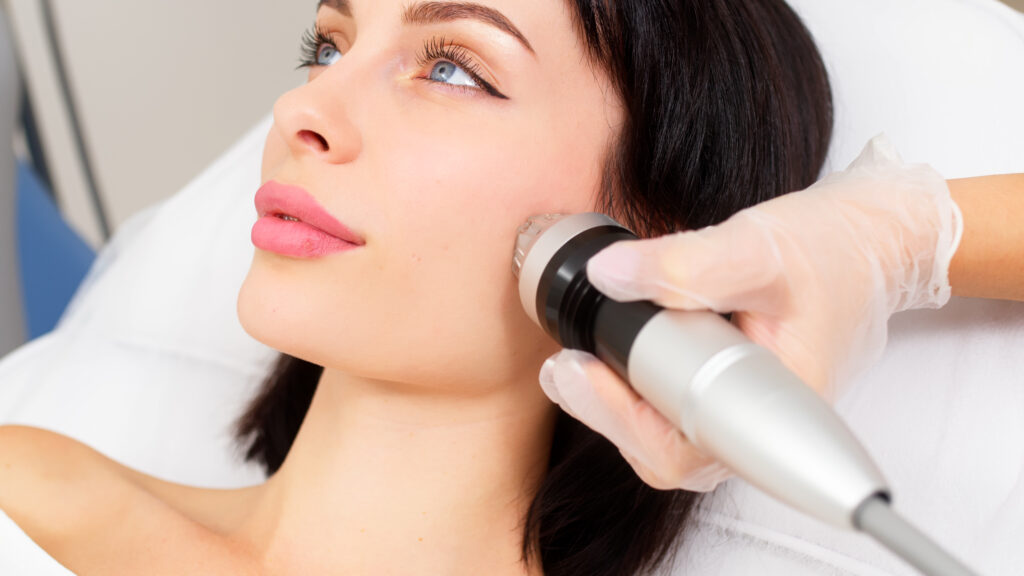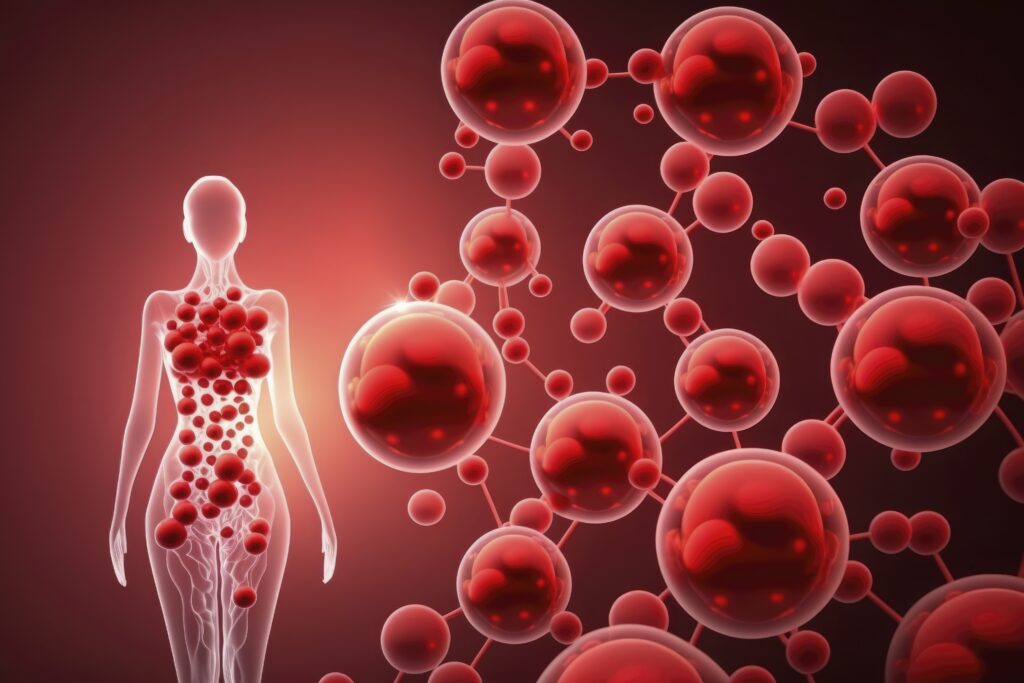Stem Cell Therapy in Turkey: Your Amazing 2025 Safe Guide
Stem cell therapy in Turkey represents the cutting edge of modern medicine, offering incredible potential to heal and restore tissue in ways that were once thought impossible. This field, known as **regenerative medicine Turkey**, is moving from the realm of science fiction to clinical reality, providing new hope for a range of conditions. Turkey has positioned itself as a leading destination for this advanced field, combining state-of-the-art laboratory technology with the expertise of pioneering physicians. At Medicaltour.io, we provide a secure and transparent gateway to this future of healing.
Why Turkey is a Hub for Regenerative Medicine
Turkey’s role as a center for regenerative medicine is built on a strong regulatory framework, significant investment in technology, and a deep pool of scientific talent.
Crucially, the field is not an unregulated “wild west.” Turkey’s approach to stem cell therapy is strictly regulated by the Turkish Ministry of Health. This ensures that all procedures are performed in officially licensed, high-tech GMP (Good Manufacturing Practice) laboratories. This government oversight guarantees that the collection, processing, and application of stem cells adhere to the highest international standards of safety and ethics. This is a critical factor when choosing the best stem cell clinic in Turkey. Furthermore, many of these advanced treatments are offered within hospitals that hold JCI (Joint Commission International) accreditation, adding another layer of quality assurance.

Understanding Your Regenerative Treatment Options
Regenerative medicine encompasses several types of treatments, each with unique applications. The two most prominent therapies available are stem cell therapy and PRP.
Stem Cell Therapy Explained
Stem cells are the body’s raw materials—master cells from which all other cells with specialized functions are generated. In a therapeutic context, they can be guided into becoming specific cells that can be used to repair damaged or diseased tissues. In Turkey, treatments primarily use adult autologous stem cells (harvested from the patient’s own body, usually from fat tissue or bone marrow), which eliminates the risk of rejection. Common applications include orthopedic conditions (e.g., **stem cell for knees Turkey** to treat osteoarthritis), certain autoimmune diseases, and advanced anti-aging therapies.
Platelet-Rich Plasma (PRP) Treatment
A widely used and accessible form of regenerative medicine, **PRP treatment Turkey** involves concentrating platelets from the patient’s own blood and injecting them into a target area. Platelets are rich in growth factors that can accelerate the healing of injured tendons, ligaments, muscles, and joints. It is also a very popular treatment for hair loss and skin rejuvenation.

Your Advanced Healing Journey with Medicaltour.io
Navigating this advanced medical field requires expert guidance. Our process is designed to be clear, safe, and supportive from start to finish.
- In-Depth Medical Evaluation: Your journey begins with a comprehensive review of your medical case by a regenerative medicine specialist in Turkey. They will determine if you are a suitable candidate and which therapy is most appropriate.
- Transparent and Detailed Planning: We provide a clear, all-inclusive plan and quote, explaining the entire process, from cell harvesting to application. The **stem cell therapy cost Turkey** is presented with full transparency.
- Arrival and Cell Harvesting: Upon your arrival, you will have a final consultation. The first step of the procedure involves harvesting your own stem cells or blood for PRP, which is a minimally invasive process.
- Laboratory Processing: Your cells are then sent to a licensed GMP laboratory where they are isolated, concentrated, and prepared for re-injection. This critical step can take several hours to a few weeks, depending on the protocol.
- The Application Procedure: You will return to the clinic for the final step, where the prepared stem cells or PRP are injected into the target area (e.g., a joint, the bloodstream, or the skin).
- Follow-Up and Monitoring: After the procedure, your doctor will provide a detailed follow-up plan. We facilitate communication with your Turkish medical team even after you return home. Many Ministry of Health authorized healthcare providers offer these advanced services. You can find more info at HealthTürkiye.

Cost and Quality: The Future of Medicine, Made Accessible
The cost of regenerative medicine is a major barrier in many parts of the world. In the US, a single stem cell treatment for a joint can cost $5,000 to $10,000. The **stem cell therapy cost Turkey** offers a much more accessible alternative, often 50-70% less. This significant price advantage is due to Turkey’s lower operational costs and a favorable economic environment. It is not a reflection of lower quality; on the contrary, you receive treatment in state-of-the-art labs and clinics at a fraction of the cost.
Important Legal and Ethical Considerations
The question “**is stem cell therapy in Turkey legal**” is crucial. Yes, it is legal but strictly regulated by the Ministry of Health. It is vital to distinguish between scientifically-backed therapies and unproven claims. Reputable Turkish clinics adhere to international ethical guidelines, such as those promoted by the International Society for Stem Cell Research (ISSCR). They will only offer treatments for conditions where there is a reasonable body of scientific evidence. Be wary of any clinic that promises a “miracle cure” for any and all diseases.
Compare Regenerative Medicine prices in Turkey by clicking here!
Frequently Asked Questions (FAQ)
What conditions can be treated with stem cell therapy in Turkey?
Under Ministry of Health regulations, treatments are typically focused on areas with established evidence, such as orthopedic conditions (osteoarthritis, joint injuries), some autoimmune diseases, non-healing wounds, and aesthetic applications like anti-aging and hair restoration.
Is stem cell therapy safe?
When using your own (autologous) stem cells and performed in a licensed, high-quality facility, the procedure is very safe. The risk of rejection is eliminated, and the risk of infection is extremely low when proper sterile techniques are used. This is a key advantage of choosing a regulated environment like Turkey.
How long does it take to see results?
Regenerative medicine is not a quick fix. The goal is to heal tissue on a cellular level. It can take several weeks to months to feel the full benefits of the treatment as your body’s natural healing processes are stimulated and new tissue is generated.
How do I find a reputable clinic?
This is where a trusted partner is essential. Medicaltour.io has already vetted the top clinics and hospitals in Turkey that are officially licensed by the Ministry of Health to perform these advanced procedures. You can browse our network of expert providers with full confidence.
Is stem cell therapy a cure for arthritis?
It is important to have realistic expectations. Stem cell therapy is not currently considered a “cure” for arthritis, but it is a highly promising treatment that has been shown in many studies to significantly reduce pain, decrease inflammation, and improve function for many patients, potentially delaying the need for joint replacement surgery.
Where do the stem cells come from?
For orthopedic and aesthetic treatments, the stem cells used are “autologous,” meaning they come from your own body. They are typically harvested from a small sample of your own adipose (fat) tissue or bone marrow in a minimally invasive procedure.
Is PRP therapy safe?
Yes, PRP is an extremely safe procedure because it uses a concentration of your own blood. There is no risk of allergic reaction or disease transmission. The entire process is performed in a sterile clinical setting.
How many PRP sessions will I need for hair loss?
A typical protocol for PRP hair restoration involves an initial series of 3-4 treatments, spaced about a month apart, followed by maintenance sessions every 6-12 months to maintain the results.
The future of healing is here. Explore the profiles of Turkey’s leading regenerative medicine clinics on MedicalTour. Request a free, no-obligation medical evaluation to find out if these cutting-edge therapies are the right choice for you.
Glossary of Regenerative Medicine Terms
Stem Cell: An undifferentiated cell that has the ability to develop into various other kinds of cells in the body. They are the body’s primary tool for repair and regeneration.
PRP (Platelet-Rich Plasma): A concentration of a patient’s own platelets, which is activated to release growth factors that stimulate and increase the number of reparative cells your body produces.
Autologous: Meaning “from the self.” In this context, it refers to cells or tissues that are harvested from and then transferred back to the same individual.
Regenerative Medicine: A branch of medicine that develops methods to regrow, repair, or replace damaged or diseased cells, organs, or tissues.
GMP (Good Manufacturing Practice): A system for ensuring that products are consistently produced and controlled according to quality standards. In medicine, it is crucial for ensuring the safety and efficacy of cellular products.
Glossary
| Term | Short Explanation |
|---|---|
| Stem Cell Therapy | Use of stem cells to repair or regenerate damaged tissues and organs. |
| Mesenchymal Stem Cells (MSCs) | Multipotent stem cells from bone marrow, fat, or umbilical cord used in therapy. |
| Induced Pluripotent Stem Cells (iPSCs) | Adult cells reprogrammed to act like embryonic stem cells. |
| Embryonic Stem Cells (ESCs) | Stem cells derived from embryos with the potential to form any cell type. |
| Autologous Stem Cell Transplant | Transplant using the patient’s own stem cells. |
| Allogeneic Stem Cell Transplant | Transplant using stem cells from a donor. |
| Platelet-Rich Plasma (PRP) Therapy | Concentrated platelets from the patient’s blood used to promote healing. |
| Growth Factor Therapy | Use of natural proteins that stimulate cell growth and tissue repair. |
| Tissue Engineering | Creating artificial tissues using cells and biocompatible materials. |
| Bioprinting | 3D printing of living tissues for transplantation or research. |
| Cartilage Regeneration | Restoring damaged cartilage using cells, scaffolds, or growth factors. |
| Bone Regeneration | Stimulating new bone growth after injury or disease. |
| Skin Regeneration | Treatments to restore skin after burns, wounds, or disease. |
| Neural Regeneration | Repairing nerve tissue in the brain, spinal cord, or peripheral nerves. |
| Organ Regeneration | Efforts to regrow or repair damaged organs. |
| Exosome Therapy | Use of cell-derived vesicles to promote tissue repair and regeneration. |
| Gene Therapy | Altering genes to treat or prevent disease at a molecular level. |
| Cell-Based Immunotherapy | Using modified immune cells to fight diseases like cancer. |
| Hematopoietic Stem Cell Transplant (HSCT) | Transplant of blood-forming stem cells to restore bone marrow function. |
| Regenerative Orthopedics | Use of regenerative techniques to treat joint, tendon, and ligament injuries. |
| Regenerative Cardiology | Restoring heart tissue after damage from heart disease or heart attack. |
| Regenerative Neurology | Using regenerative methods to treat neurological disorders. |
| Amniotic Membrane Therapy | Using amniotic tissue to promote healing and reduce inflammation. |
| Biologic Scaffolds | Frameworks that support cell growth and tissue formation. |
| Cell Culture | Growing cells outside the body for therapy or research. |
| Regenerative Dentistry | Repairing teeth, gums, and jawbone using regenerative techniques. |
| Anti-Aging Regenerative Therapies | Regenerative methods aimed at slowing or reversing aging effects. |
| Wound Healing Acceleration | Therapies designed to speed up recovery from injuries. |
| Personalized Regenerative Medicine | Tailoring regenerative treatments to a patient’s unique biology. |
| Translational Regenerative Research | Moving regenerative therapies from lab research to clinical application. |



